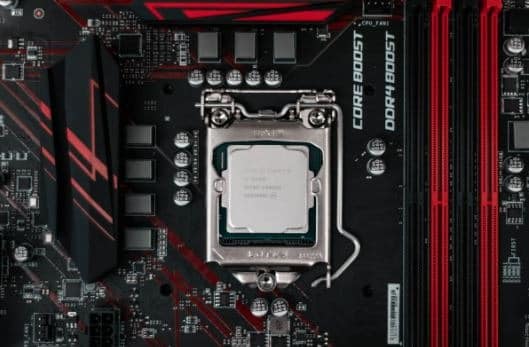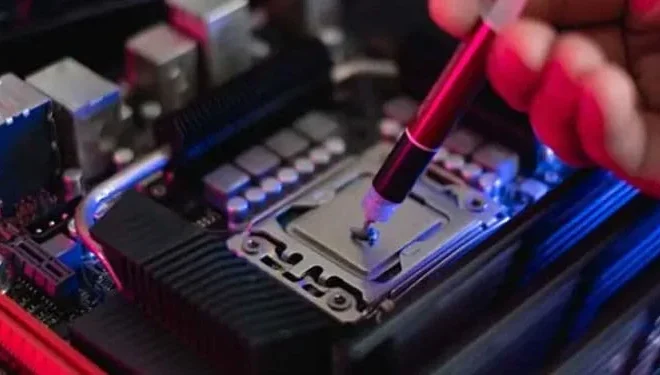Understanding Computer Processors: CPUs vs. vCPUs and Threads vs. Cores

Computer processors are the backbone of modern computing. They are responsible for carrying out the millions of calculations necessary for a computer to function. However, understanding the different types of processors can be challenging, especially when it comes to CPUs vs. vCPUs and threads vs. cores.
CPUs
A CPU, or Central Processing Unit, is the primary processing chip that resides on the motherboard of a computer. It is responsible for interpreting and executing instructions from software, which is why it is often referred to as the “brain” of the computer.
A CPU typically consists of multiple components, including the control unit, arithmetic logic unit, and cache. These components work together to perform a variety of tasks, from basic arithmetic operations to complex mathematical calculations.
vCPUs
A vCPU, or virtual CPU, is a type of processor that is created by dividing a physical CPU into multiple virtual CPUs. This allows multiple virtual machines to run on a single physical machine, each with its own dedicated processing power.
vCPUs are commonly used in cloud computing environments, where multiple users are accessing the same hardware. By using vCPUs, these users can access the same physical resources without interfering with each other’s work.
Threads vs. Cores
Threads and cores are both used to refer to the processing units within a CPU. However, they have different meanings and functions.
A core is a physical processing unit within a CPU. It is responsible for executing instructions and performing calculations. A CPU can have multiple cores, each of which can handle separate instructions simultaneously.
Threads, on the other hand, are virtual processing units within a CPU. They are created by splitting each physical core into multiple virtual cores, allowing multiple threads to be processed simultaneously. This technique is known as hyper-threading.
Hyper-threading can dramatically improve the performance of CPUs, especially when running multithreaded applications. These applications are designed to break down a task into multiple smaller tasks that can be processed simultaneously, making use of all available processing resources.






